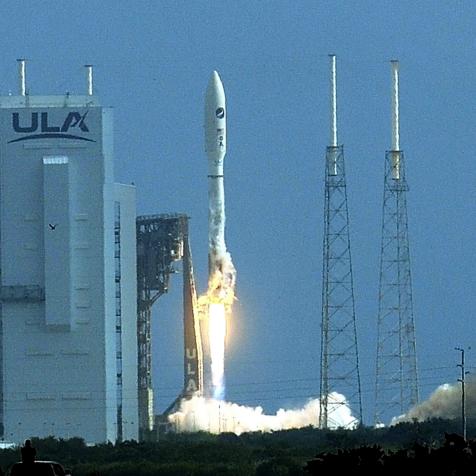
Helen_Field
Scientists in China Discover Rare Moon Crystal that Could Power Earth
A rare lunar crystal found on the near side of the moon is giving scientists hope of providing limitless power for the world – forever.
The lunar crystal is made of material previously unknown to the scientific community and contains a key ingredient for the nuclear fusion process, a form of power generation that harnesses the same forces that fuel the Sun and other stars in the galaxy.
The crystal was found in lunar basalt particles collected from the moon in 2020 and makes China the third country to discover a new lunar mineral, behind the US and the former Soviet Union. The Chinese moon mission landed in Oceanus Procellarum in December 2020 and was the first lunar sample return mission since the 1970s.
More than 1.7 kg of lunar samples were collected and delivered safely to Earth.
The Beijing Research Institute of Uranium Geology has named the phosphate mineral Changesite-(Y), after the mythological Chinese goddess of the moon, Chang’e. The crystal is transparent and roughly the width of a single human hair. It formed in a region of the moon that was volcanically active around 1.2 billion years ago.
One of the primary ingredients found in this crystal is helium-3, which scientists believe may provide a stable fuel source for nuclear fusion reactors. The element is incredibly rare on Earth, but it seems to be fairly prevalent on the moon. China’s next moon mission is expected to be Chang’e 6 in 2024, which will attempt to collect the first samples from the far side of the moon – which never faces the Earth.
Although it is too early for scientists to have made any financial estimates on such a fuel source, it will undoubtedly be extremely costly. There is, of course, the matter of bringing the crystals back from the moon, especially in the large amounts that are needed to fuel fusion reactors.
For decades, scientists have been intrigued by helium-3 and its potential source of fuel for nuclear fusion. Nuclear fusion reactions occur naturally, when two light atoms merge into a heavier one, under extreme pressure and heat. They take place inside stars, but humans have yet to create a fusion reactor with enough energy to kickstart the process.
Helium-3 is particularly promising as it produces significantly less radiation and nuclear waste than other elements, according to the European Space Agency. The current nuclear fission process, which is used in nuclear power plants, releases not only energy but radioactivity, and spent nuclear fuel must be reprocessed into uranium, plutonium, and other waste. It’s a process that has raised serious safety concerns, and as a result, scientists have been searching for a way to create nuclear power from nuclear fusion, rather than fission. During the fusion process, radioactive waste is not produced, potentially making a safer and more efficient fuel source.
Around 25 tonnes of helium-3, equivalent to a fully loaded Space Shuttle cargo bay, could power the US for a year. According to estimates, this means that helium-3 has a potential economical value of $3bn a ton.
Multiple private companies and countries with space agencies have signaled their intentions to mine the moon for helium-3, and this latest discovery could kickstart the race.


















